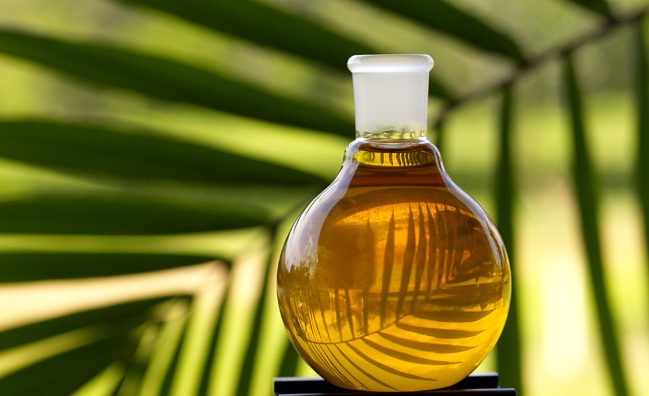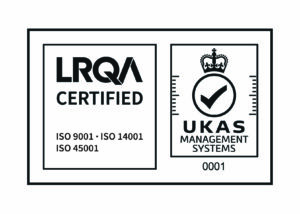
What is Palm Oil?
Palm oil, like all fats and vegetable oils is a triglyceride (glycerol backbone linked to three fatty acids by ester bonds). Palm oil is characterized by a high proportion of palmitic acid (40-45%) and oleic acid (36-45%). Other fatty acids present in significant amounts are: caprylic acid (4-9%), capric acid (3-8%), myristic acid (16-21%), palmitic acid (7-12%), stearic acid (5- 6%) and linoleic acid (9-11%) acid.
CAS Number: 8002-75-3
EC number: 232-316-1
- Origin and extraction:
- Properties and applications:
- Products and presentations:
Tab 1
Palm oil is obtained by extracting the pulp the palm fruit (Elaeis guineensis), mostly in intensive farms and specifically in tropical areas such as Africa, Southeast Asia and Brazil.
Palm kernel oil is exclusively derived from the pressing and extraction of seeds and its composition completely differs from the pulp. Throughout the extraction we can process different products and solutions.
Oleochemicals are always a sure bet and this fact is demonstrated by the increase in the demand these recent years. Various sectors guarantee and certify the benefits that these components have because they are cheaper than chemical ones, they provide the same or better solutions and are environmentally friendly substances.
The biodegradable oleochemical capacity of these compounds is a very important skill that leads to the development of these products for various industrial functions to counteract the excessive abuse of substances which are too expensive and have a harmful impact on the environment.
Tab 2
Palm oil is a reddish liquid above 30-35 °C (its melting range) and an orange/red solid below that range.
Among its many applications, as the vast majority of fats, it emphasizes human consumption. They are an important source of energy, due to its high performance in calories metabolized per gram. Its most important use is in the kitchen, especially as fat for frying or grilling and prepare different dishes.
Other important applications lie in the field of medicine and industry, especially in cosmetics, but its derivatives are also widely used as alternative fuel oils (biodiesel), soaps, lubricants, surfactants, advanced detergents, paints, insecticides, soaps, veterinary, detergents, among many others.
The demand of oleochemicals is going through the roof in different industrial sectors due to the magnitude and effectiveness they have. It is a safe alternative that is gaining more and more followers due to the advantages and benefits provided to the users, the industry and the environment.
We provide tools and means of commercial interest as to provide high quality solutions and efficiency so as to generate customer satisfaction and care for the environment.
Tab 3
Our products are distributed in 180 Kg. drums, in 850 Kg. containers or in bulk tankers. For more information please contact us through our web form or contact by phone.
Get to know our acids and oils and purchase the products you were looking for:


